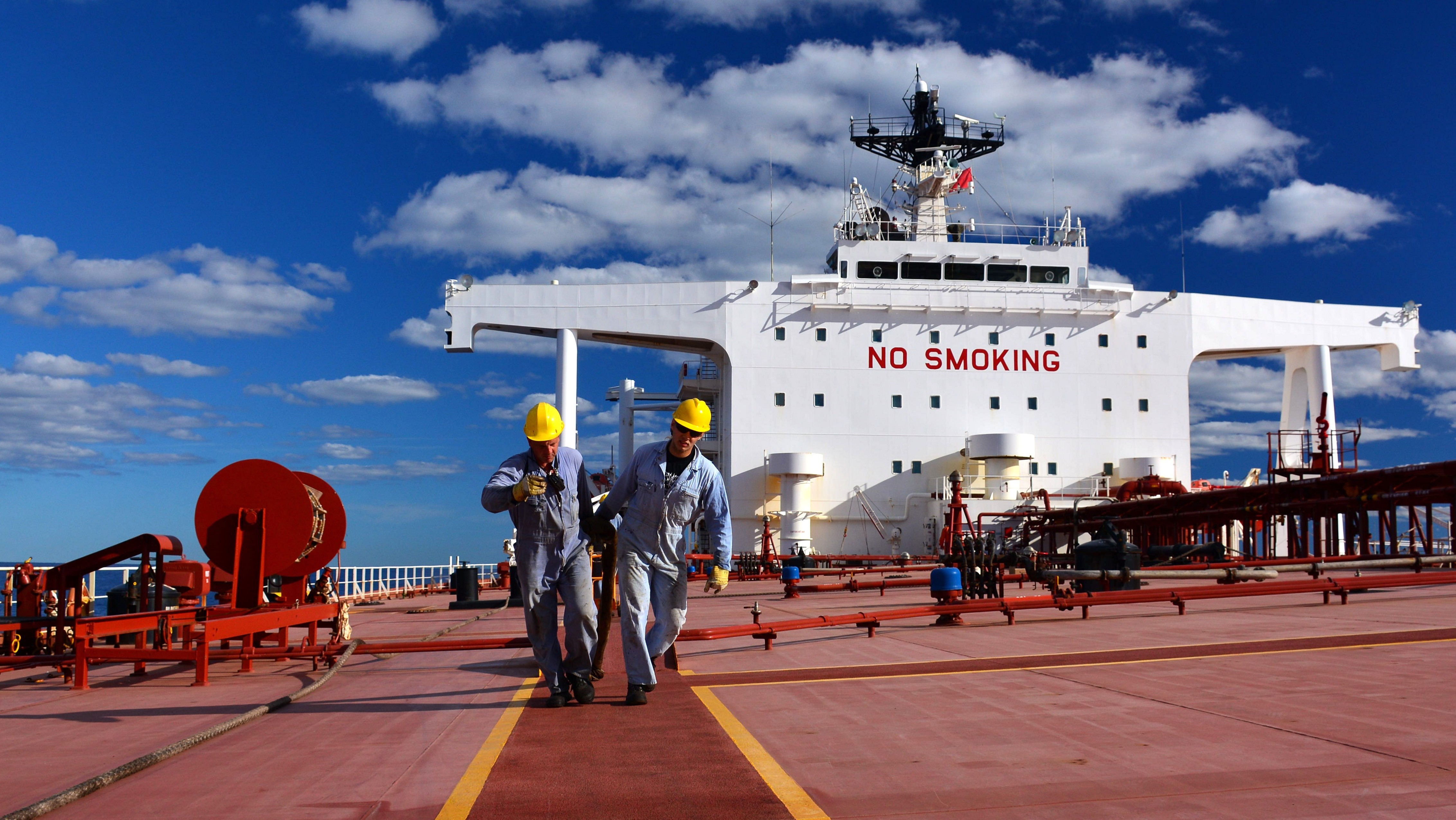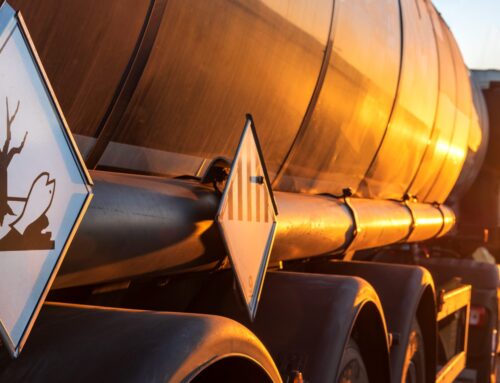Mixed signals show slow performance for recovery of carriers.
In this analysis, we again update shipping’s mid-year report, reviewing progress across a range of shipping sector “subjects”. Our overall ClarkSea Index increased 8% y-o-y in the first half, to move marginally above the trend since the financial crisis. However while some “subjects” still achieve an “A” for effort, others might have to “repeat a year” unless they sit additional classes over the summer!
Container carriers find encouraging profits when operating VLCC
The Segments Despite progress, it still seems shipping has a way to go before it becomes a “straight A” student! The tanker market is certainly in a much better position than a year ago (earnings up 80% y-o-y in 1H), but seasonality, a relatively short winter spike, heavy newbuild deliveries and refinery maintenance mean first half earnings slightly below the ten year trend. The bulker market has had a tough first half after some demand “shocks” (21% down on trend and -22% y-o-y) although recent improvements are welcome.
Across the containership market, rates are just above trend, with some encouraging gains in larger vessel sizes (9,000 teu: $36,000/day). LPG has moved upwards (6% below trend versus 65% below last year) and finished the first half strongly (~$70,000/day, with some encouraging trends in US and Australian exports). RoRo rates remain well above trend, while the Cruise orderbook is still a record (~$50bn). Offshore (North Sea PSV) is now 10% below trend: we were -35% in mid 2018,
Shipbuilding industry facing 20-year-low orderbook in 2020
Fleet supply maintains its “A” for effort. Growth of 1.9% in the first half is below trend and seems “manageable” despite a moderate uptick in shipbuilding output (up 9% y-o-y to 51m dwt) and declines in recycling (down 45% y-o-y to 10.8m dwt).
The orderbook sits at just 10% of the fleet and our fleet growth projection for full year 2020 of 1.9% in dwt would be the lowest rate of growth for over 20 years. Newbuild ordering remained 49% below trend (down 54% y-o-y to ~25m dwt) and S&P volumes also moved just below trend (down 22% y-o-y to 34m dwt).
Trade signals are downgrading due to pessimistic economic future
Our estimate for 2019 trade growth now sits at 2.2% (tonne-mile: 2.5%), downgraded from our initial projection of 3.2%. There are a range of issues involved, from the “trade war” (see briefings series on Shipping Intelligence Network (SIN)), to the Vale dam collapse, Australian cyclones, OPEC cuts and the Chinese economy.
In isolation many of these issues seem manageable but collectively they impact, particularly broader institutional investor sentiment. While our base case projections suggest trade will be “OK” for shipping (long-haul US energy exports help), let’s watch for downgrades and hope for progress in US-China trade negotiations.
What’s the impact of the IMO 2020 regulations
Our previous two mid-year reports have recommended “extra classes on regulation and technology”, and with our analysis* suggesting ~1% of the fleet will be off -hire with scrubber retro-fitting in 2019, and that tankers may get a ~3% demand “boost” in 2020 due to changes to the oil trade, the studying would have paid off.
Source: Clarksons Research







